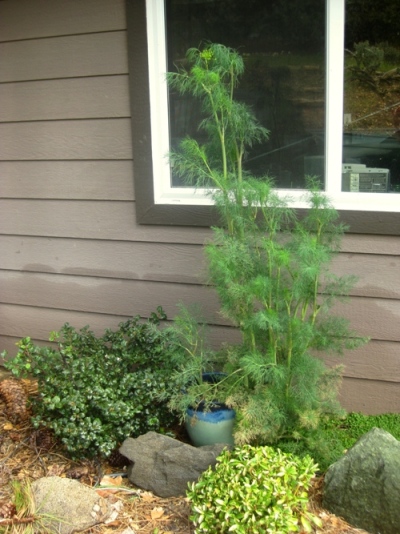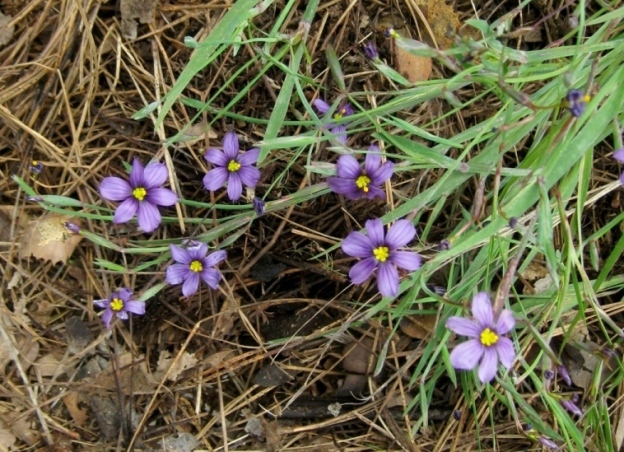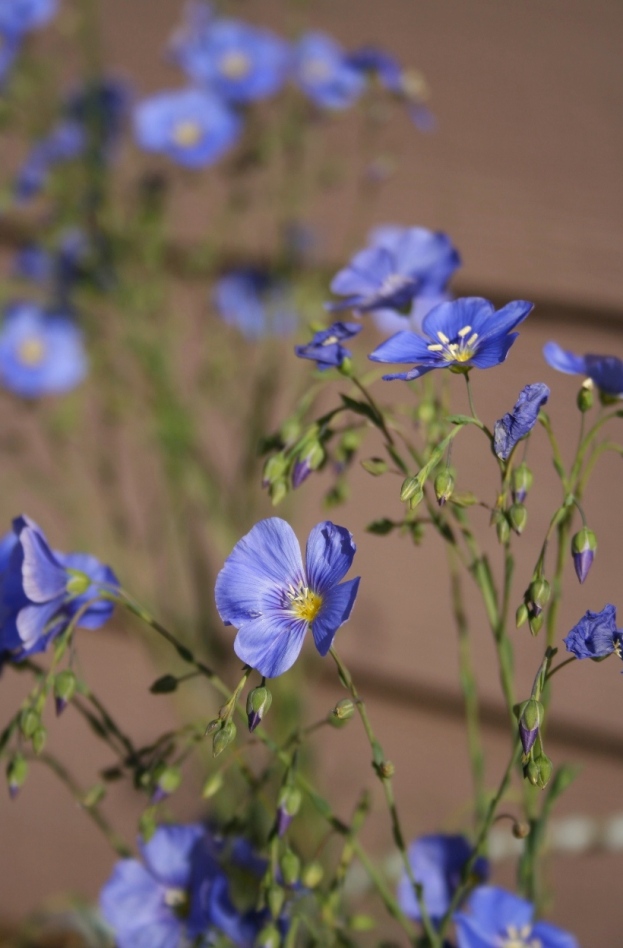A profusion of Pretty Face
Pretty Face, Triteleia ixioides Sunny starry yellow, Pretty Face is sometimes called Golden brodiaea or Golden Stars, and is native to California, appearing only slightly beyond the borders, according to CalFlora. This variety, found on our place and all through the Oakhurst Yosemite area, may be Triteleia ixioides ssp. scabra or Foothill Pretty Face. This pretty bulb first shows up…













